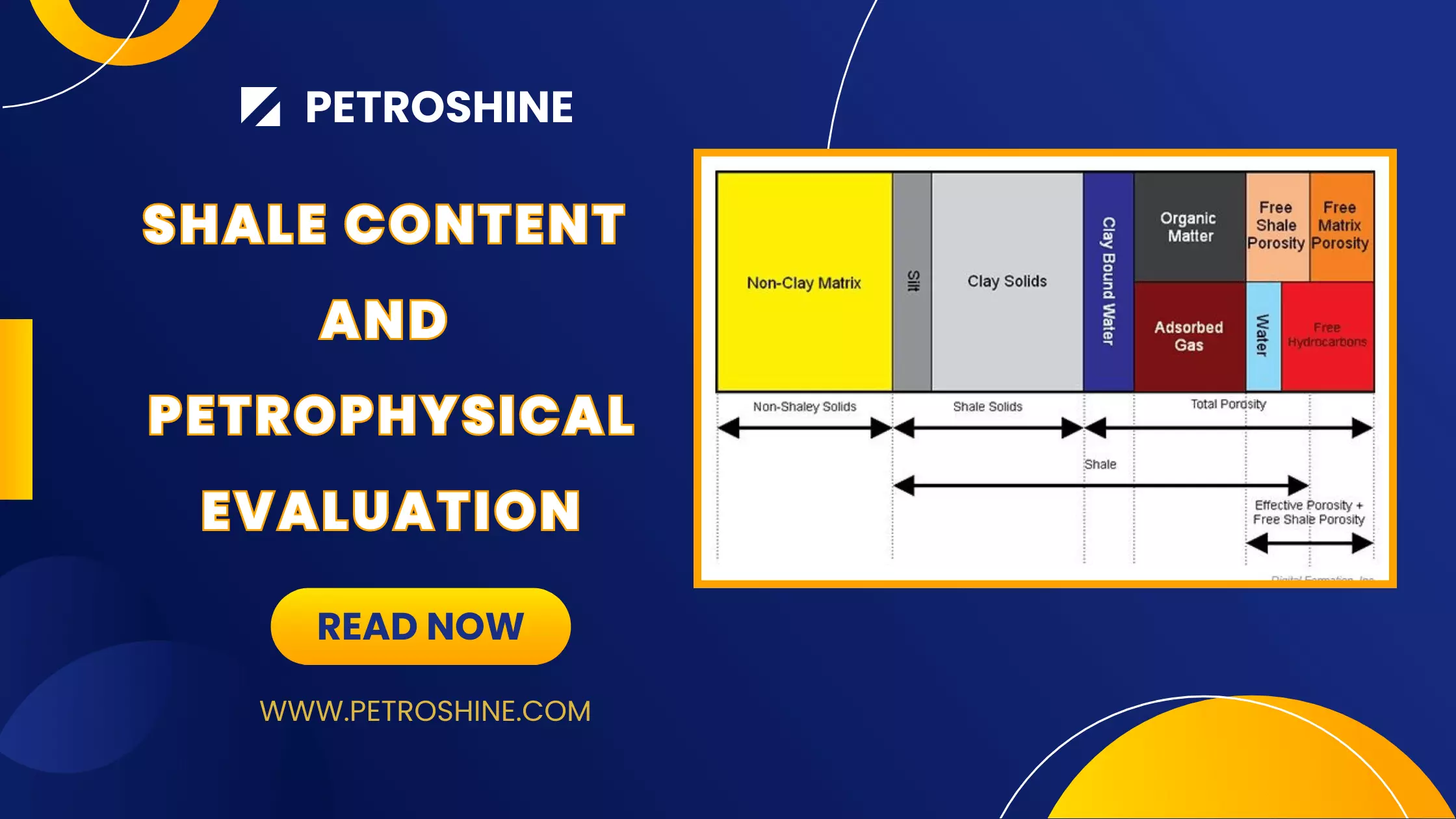Assessment Basin Formation Processes
1. Geodynamic models are ____________ models that estimate the deformational response of the crust and lithosphere.
A .thermo-mechanical
B .chemical
C .static
D .thermal
2. The lithosphere becomes mechanically stronger with increasing thickness and decreasing temperature.
A .True
B .False
3. What is the principle of hydrostatic balance between floating bodies due to the effect of buoyancy?
A .Viscoelasticity
B .Rheology
C .Isostasy
D .Hydrology
4. Which of the following layers behaves like a low-viscosity fluid?
A .Mantle lid
B .Asthenosphere
C .Lithospheric mantle
D .Subcrustal lithosphere
5. The compressional velocity in the mantle is typically about _________ greater than in the crust.
A .1 km/sec
B .10 km/sec
C .100 km/sec
6. Which of the following is a mechanical load due to tectonics?
A .Deposition
B .Localized transgression
C .Block uplift
D .Erosion
7. Heating lithospheric material decreases its density and _______ its buoyancy.
A .decreases
B .increases
8. Airy model, assumes that all crustal loads are compensated locally and that the lithosphere has no lateral strength.
A .True
B .False
9. Newton’s Second Law: the sum of the forces is equal to the mass times:
A .velocity
B .volume
C .acceleration
D .density
10. According to the flexural compensation model, with an increasing replacement mass density, the basin becomes:
A .narrower and deeper
B .wider and deeper
C .wider and more shallow
11. The free-air anomalies are associated with compensated, long-wavelength topographic loads.
A .True
B .False
12. Viscoelastic models assume that after a load is placed, the lithosphere progressively softens, its rigidity:
A .decreases with time.
B .increases with time.
Recommended for You Basin Analysis and Petroleum Analysis
 Petro Shine The Place for Oil and Gas Professionals.
Petro Shine The Place for Oil and Gas Professionals.



